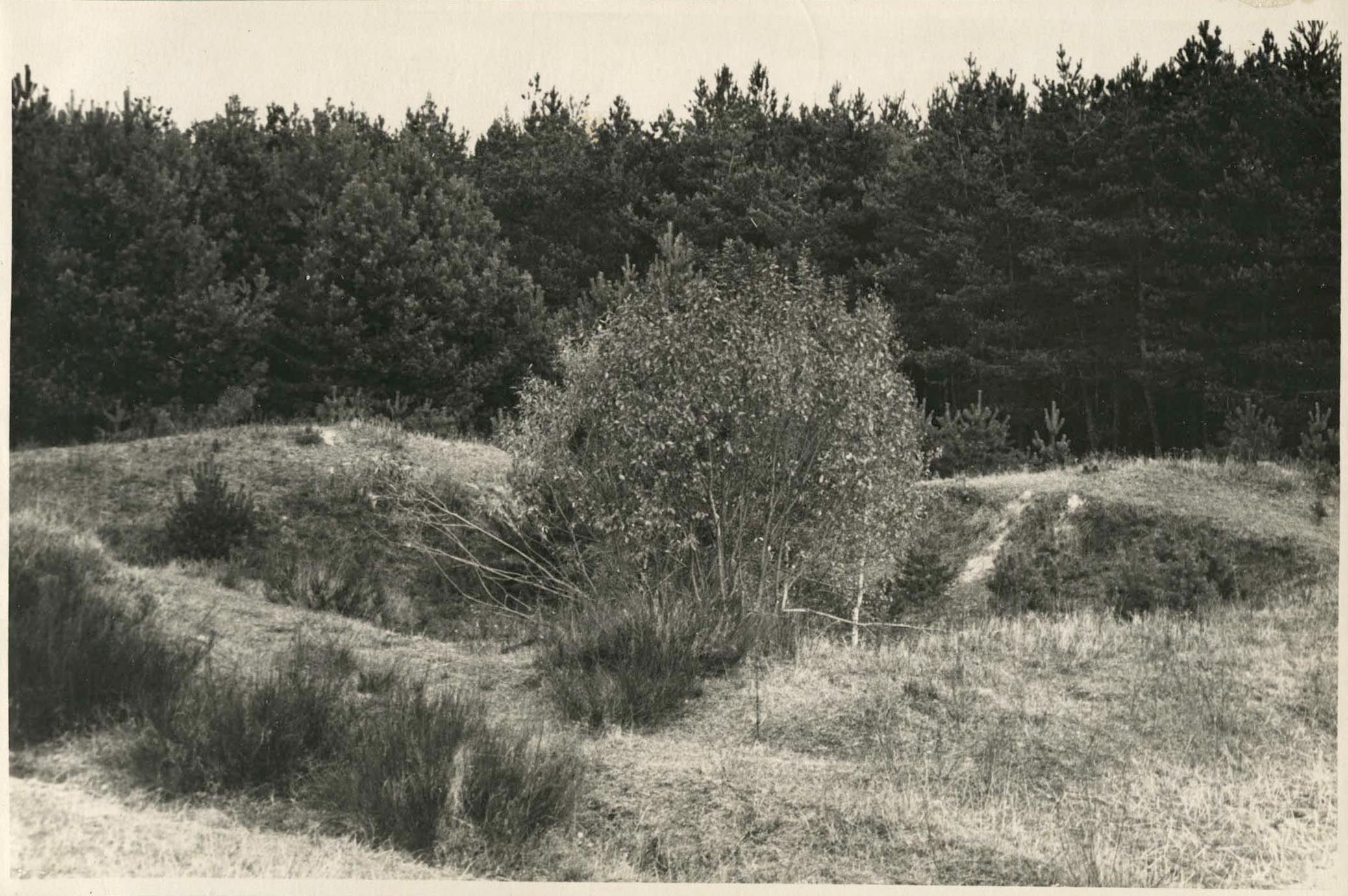

Murder story of Korzec Jews in the Kozak Forest

At 4 AM on May 21, 1942, the eve of Shavuot, a squad of SD men from Równe, assisted by the German Gendarmerie and the Ukrainian police (including a Ukrainian police unit from the city of Zhitomir), together with a platoon of the 1st Company of Police Battalion 33, surrounded the Jewish houses in Korzec. They drove the Jews out of their homes into the street, shooting those too sick to walk. The Jews who were unwilling to go to the assembly point were beaten up, while those trying to escape were shot on the spot. The Jews (elderly individuals, women, children, and men) were assembled in the market square near the local administration building (the former residence of Dudia Feldman) on Stara Monastirska Street – ostensibly in order to be sent to work. After the Jews had been searched for valuables and good clothes, the Germans carried out a selection: A group of about 200 young men and women, including skilled workers in high-demand occupations, were separated from the rest. The remaining Jews were divided into two groups: the men to one side, and the women and children to the other. They were then marched, under guard by the Ukrainian Auxiliary Police and the Gendarmerie, toward the Kozak Forest. Sick individuals, together with the bodies of those who had died en route, were transported to the execution site in carts and trucks.
At the site, two pits had been dug: one for the men, and one for the women and little children. Upon arrival, the Jews (the men separately from the women and children) were forced to strip naked and line up in a row. They were then ordered to get down into the pit in groups of six, using the hewn steps. The victims had to lie face down (or kneel, according to the ChGK), whereupon they were shot in the back of the head with machine guns. The killers were men from the German units. According to a testimony, they were drunk. As soon as one group was shot, another group of six Jews would be forced into the pit, where they would be ordered to straighten the bodies of their predecessors and lie on top of them face down.
Those Jewish victims who had not been killed were buried alive. This murder operation lasted until 4 PM. After the killing, each pit was covered with a thin layer of soil by the local peasants. The victims' clothes and property were sent to Korzec, and a portion of them was shipped from there to Germany.
The next morning, some of the remaining Jews of Korzec were permitted by the German authorities to come to the Kozak Forest to cover the pits. When these Jews (accompanied by members of the Judenrat and Ukrainian policemen) reached their destination, they saw that the murder site had been desecrated by wild animals. After covering the pits with a layer of soil, the remaining Jews recited the Kaddish over the dead ones and returned to the ghetto.
On September 24, 1942, two days before the Jewish holiday of Sukkot, the ghetto inmates learned that new pits were being dug by Soviet POWs in the Kozak forest. On the same day, an SD squad arrived from the city of Równe to surround the ghetto, together with the German Gendarmerie and the Ukrainian Auxiliary Police. In response, the head of the Judenrat, Moshe Krasnostavski, set his house on fire; he perished in the flames, along with many others. Within a short time, the entire ghetto was ablaze, forcing the Germans and Ukrainians to retreat. Another Judenrat member, Yukel Marcus, also committed suicide. In the ensuing confusion, under cover of the blaze, a number of people – including some members of Moshe Gildenman's group, who had staged an uprising – broke out of the ghetto and found temporary sanctuary in the nearby cemetery and elsewhere. However, the Germans and the local Ukrainian policemen managed to catch many of the escapees and round up most of the ghetto's Jews. After being assembled in the market square, the Jews were once again marched to the Kozak Forest. Those found hiding were held at the former store of Zalman Witman (which now served as the temporary headquarters of the Ukrainian Auxiliary Police). Shortly thereafter, they, too, were taken to the pits in the Kozak Forest. Upon reaching the killing site, the victims were forced to strip naked and arrange their clothes in a single pile. This done, the Jews were lined up and ordered to jump into the pit in groups of six. The victims had to lie there face down, whereupon they were shot dead by German troops. Approximately 1,500 Jews were murdered on that day.
According to the ChGK report, 4,500 Jewish men, women, elderly people, and children were killed in the Kozak Forest in these two murder operations between May and September 1942.



